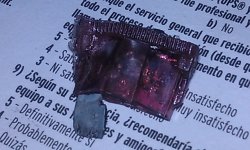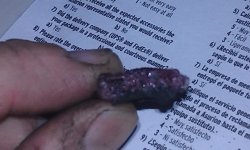Jeremy Harris
100 MW
dnmun said:sounds like the charging mosfet overheated and caught the pcb on fire.
i am sure they will use this as proof that lifepo4 catches on fire when overcharged like the bogus story about gregg's garage catching fire because of lifepo4 overcharging.
Believe me, Greg's story wasn't in any way bogus - I do wish you'd stop spouting crap on here, especially when you're technically wrong more often than not.
Greg's car DID burn out whilst on charge, but as I've said here before, and as Greg himself said after trying hard to find it, the cause remains unknown. All we do know for sure is that when a fire starts LiFePO4 cells will burn fiercely just like pretty much any other battery.
Any bike/car battery has enough stored energy to initiate a fire pretty easily if a fault develops, irrespective of chemistry.



